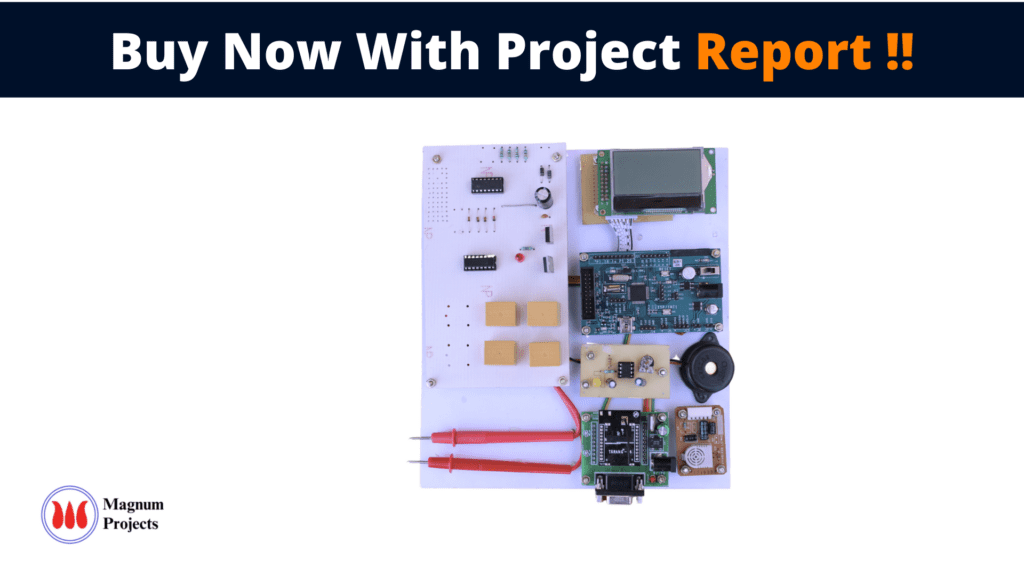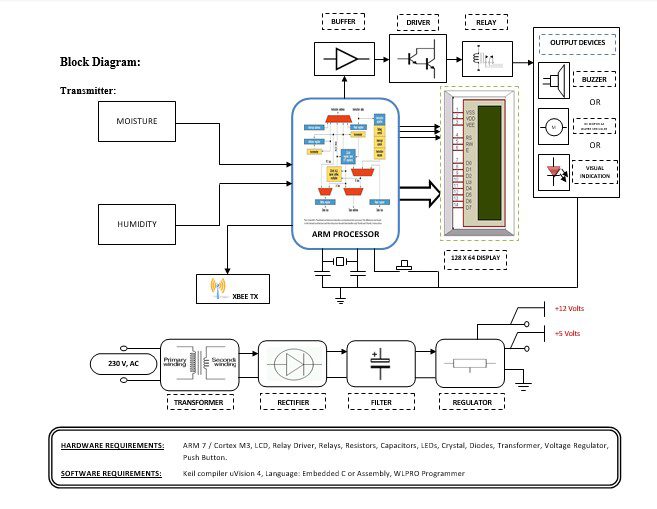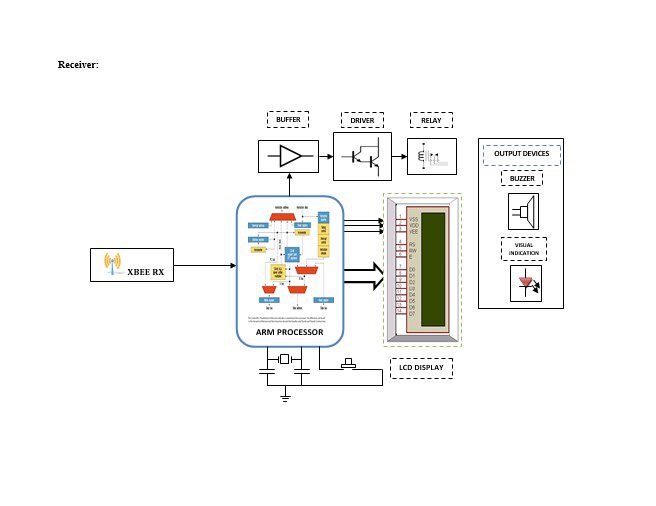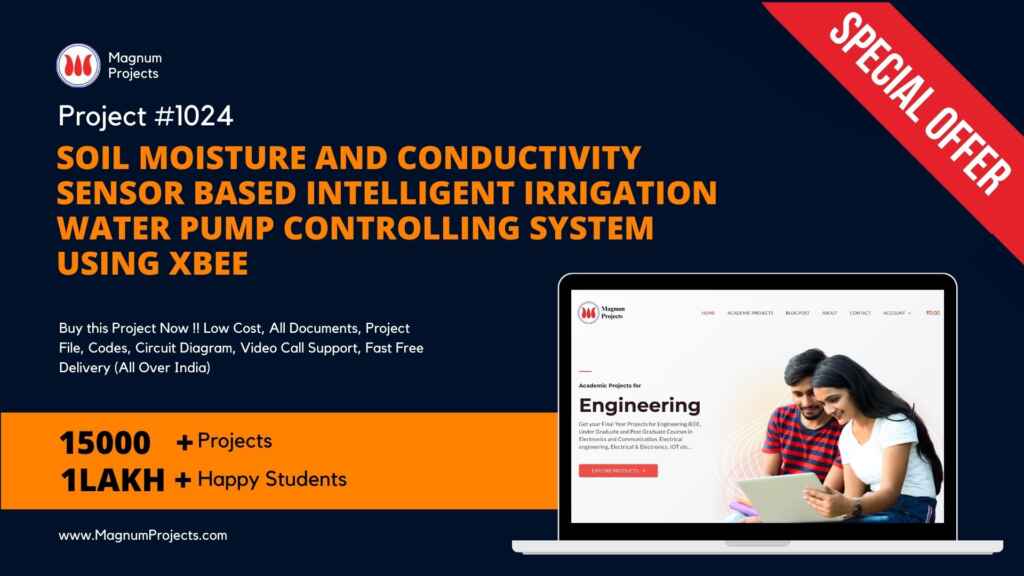Table of Contents
Introduction:


Monitoring is the first step to understanding and fixing almost all issues. Manual irrigation is labor-intensive and repetitive, so it is one of the first greenhouse tasks that should be automated. Although automating irrigation is easy, automated systems are not necessarily water efficient. Many growers use timers to control irrigation, but timers do not account for day-to-day changes in plant water use caused by natural fluctuations in temperature, light, and humidity levels. In addition, plant water use increases as plants grow. This makes it difficult to obtain efficient irrigation using a timer. Given the increasing strain on water resources in many parts of North America, the greenhouse industry needs to move towards more efficient irrigation systems. Humiditygives the percentage of water in the air.
Water saving is the main aim of our work. A very small amount of water is useful for all living organisms and it’s the human being who is mainly responsible for the wastage of water. There are many sources by which human makes water hazardous for other living organisms plus there are many ways by which human being is responsible for the wastage of water. One major reason for this is the unnecessary wastage of water in the agriculture field due to the unawareness of farmers about a sufficient supply of water. Many plants are very sensitive to water levels and they required a specific level of water supply for proper growth, if this is not they may die or result in improper growth. It’s hardly possible that every farmer must possess the perfect knowledge about the growing specifications of plants in case of water supply. In the Indian economy, seventy percent part is dependent on agriculture and under this condition, if there will be any system that will help to provide the precise level of water to plants then it will lead to benefits for our economy. So to help them we are attempting by introducing our project “Automated Irrigation System”. By using sensors in our work we will make them aware of changing conditions of humidity level according to weather so according to changing conditions of humidity they will be able to schedule the proper timing for water supply.




Block diagram explanation
Power supply unit
This section needs two voltages viz., +12 V & +5 V, as working voltages. Hence specially designed power supply is constructed to get regulated power supplies.
Humidity Sensor:
Humidity measurement instruments usually rely on measurements of some other quantity such as temperature, pressure, mass, or a mechanical or electrical change in a substance as moisture is absorbed. By calibration and calculation, these measured quantities can lead to a measurement of humidity. Modern electronic devices use temperature of condensation (the dew point), or changes in electrical capacitance or resistance to measure humidity differences.
ARM processor
ARM is a computer processor-based RISC architecture. A RISC-based computer design approach means ARM processors require significantly fewer transistors than typical processors in average computers. This approach reduces costs, heat, and power use. The low power consumption of ARM processors has made them very popular:
The ARM architecture (32-bit) is the most widely used in mobile devices, and the most popular 32-bit one in embedded systems.
Buffers
Buffers do not affect the logical state of a digital signal (i.e. a logic 1 input results in a logic 1 output whereas logic 0 input results in a logic 0 output). Buffers are normally used to provide extra current drive at the output but can also be used to regularize the logic present at an interface.
Drivers
This section is used to drive the relay where the output is the complement of input which is applied to the drive but the current will be amplified.
Relays
It is an electromagnetic device that is used to drive the load connected across the relay and the o/p of the relay can be connected to the controller or load for further processing.
Buzzer:
A buzzer or beeper is an audio signaling device, which may be mechanical, electromechanical, or piezoelectric. Typical uses of buzzers and beepers include alarm devices, timers, and confirmation of user input such as a mouse click or keystroke.
DC motor:
A DC motor relies on the fact that magnet poles repel and unlike magnetic poles attracts each other. A coil of wire with a current running through it generates an electromagnetic field aligned with the center of the coil. By switching the current on or off in a coil its magnetic field can be switched on or off or by switching the direction of the current in the coil the direction of the generated magnetic field can be switched 180°.
Indicator:
This stage provides a visual indication of which relay is actuated and deactivated, by glowing respective LED or Buzzer.
Methodology:
This project is developed to reduce the workload of a Former and to sense the parameters like Humidity and Moisture. After sensing that parameter depending on the scenario the ARM controller will take appropriate action and the same information will be transmitted to the receiver via Zigbee which is there at the transmitter. The main modules in this project are Sensors (Humidity Sensor and Moisture Sensor), an ARM controller unit with LCD, and an output device.
This whole model can be placed in the field for irrigation purposes. This model has two Sensors as an input device to sense the field condition concerning moisture and humidity and depending on the parameter measured the controller will take appropriate action. And the same information will be transmitted via Zigbee to the receiver which is placed at the former and there also the controller activates output to indicate an action that is happening in the field. This module continuously monitors the field of the place where it is placed. If the Moisture or Humidity of the field varies, then the ARM controller will activate the buzzer to convey the information.
Advantages:
- All the components required are easily available.
- It is accurate [Errors are nullified] & precise as it is Digital.
- Low power consumption.
- Less hardware involved and Cost Efficient.
- Automatically controlled & Easy to use.
- Unnecessary wastage of electricity can be controlled to a greater extent.
- Eliminate or at least minimize runoff
- Raise healthy plants
- Avoid soil erosion or land movement caused by excessive irrigation
Disadvantages:
- In this project usage of relays leads to consuming more power.
- One-time investment.
Applications:
- This project can be implemented in homes, Schools, Colleges, Companies, etc…
- Where we have to reduce the workload of humans, former and to sense the parameters like Humidity and Moisture there we can implement this project.




